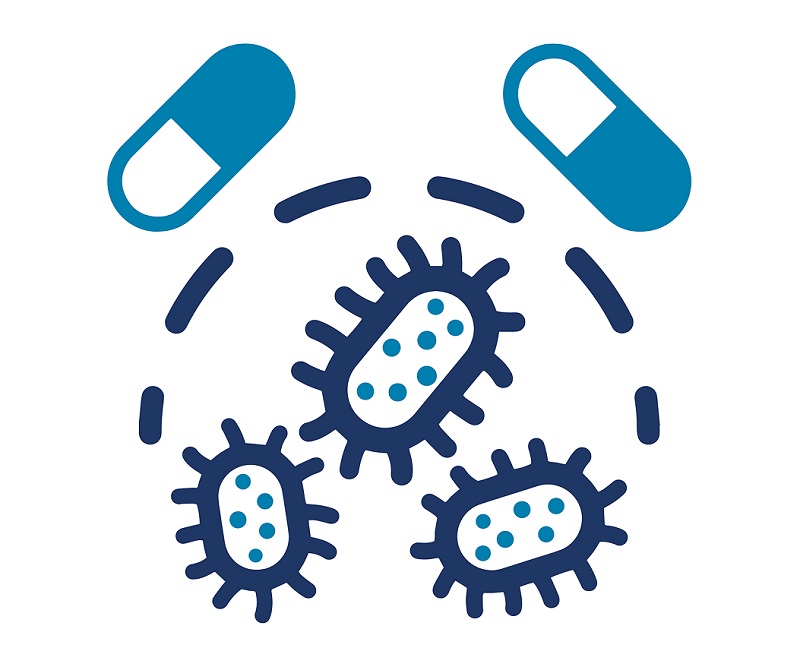Antimicrobial resistance: the silent pandemic

The fight against the Covid-19 and its numerous variants is not the only global health threat the world must cope with. Superbugs (or drug-resistant bacteria) becomes more dangerous and difficult to treat. All countries should prioritize increased access to antibiotics and intensify efforts to help develop urgently needed new ones
Over were launched. A global action plan the past years, several actions on antimicrobial resistance, including antibiotic resistance, was endorsed at the World Health Assembly of the World Health Organization (WHO) in May 2015. In Europe, since June 2017, the European Commission has adopted the EU One Health Action Plan against AMR, as requested by the EU countries in the Council conclusions of 17 June 2016. In the United States, the Office of the Assistant Secretary for Preparedness and Response (ASPR) can help protect the country from antibiotic-resistant pathogens, by increasing fundings to the Biomedical Advanced Research and Development Authority (BARDA).
According to a report from the Centers for Disease Control and Prevention, 2.8 million Americans acquire serious infections caused by antibiotic-resistant bacteria each year, and 35,000 of them die
as a result. In Europe, AMR is responsible for an estimated 33,000 deaths per year and costs around €1.5 billion per year in healthcare costs and productivity losses.
A United Nations interagency group on antimicrobial resistance estimates drug-resistant diseases could cause the deaths of 10 million people a year by 2050 if no action is taken. This is more than the
number of people who currently die from cancer worldwide every year.
According to the latest report from the World Health Organization released in April 2021, "the world is still failing to develop desperately needed antibacterial treatments, despite growing awareness
of the urgent threat of antibiotic resistance". Almost all the new antibiotics that have been brought to market in recent decades are variations of antibiotic drugs classes that had been discovered by the
1980s. Moreover, the WHO revealed that none of the 43 antibiotics that are currently in clinical development sufficiently address the problem of drug resistance in the world's most dangerous bacteria (15 are in Phase 1 clinical trials, 13 in Phase 2, 13 in Phase 3 and two have new drug applications submitted). Of these, 26 are targeted at WHO's priority pathogens, including two for the multidrug resistant Gram-negative bacteria, which causes infections such as pneumonia and meningitis. Approximately 1 in 4 drugs in the pipeline represent a novel drug class or mechanism of action. None of these are potentially active against Gram-negative ESKAPE pathogens or WHO Bacterial Priority Pathogens List (WHO PPL). This list, which includes 13 priority drug-resistant
bacteria, has informed and guided priority areas for research and development since its first publication in 2017....
SPECIAL REPORT Antimicrobial resistance: the silent pandemic
